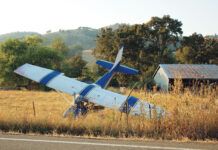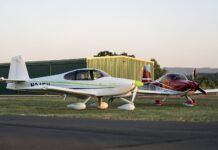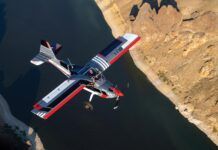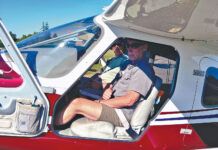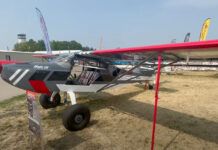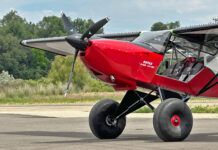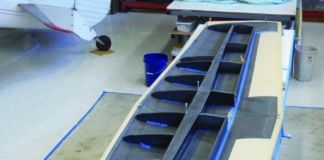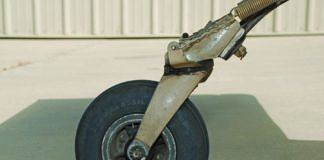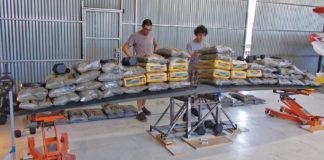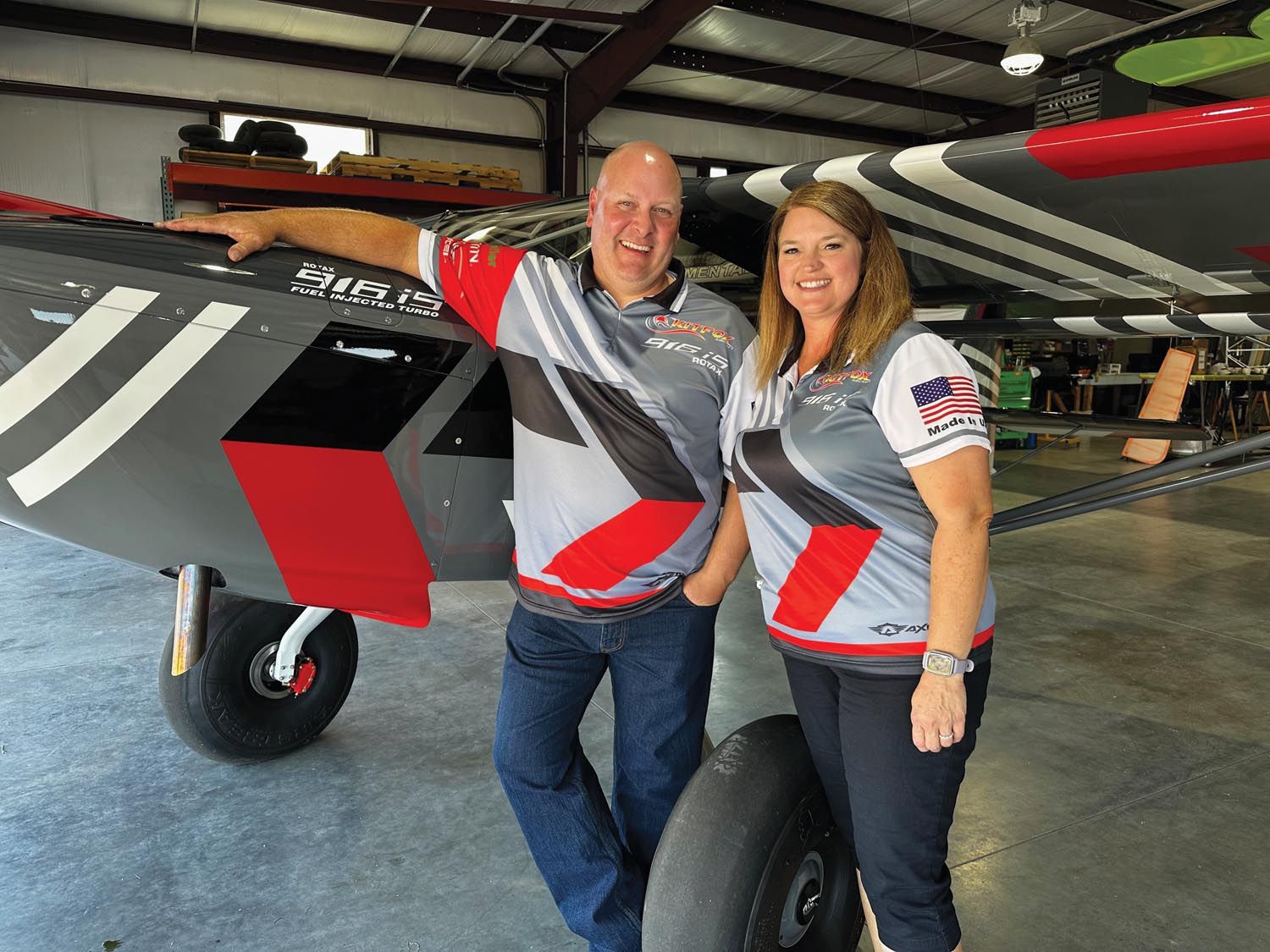
There’s something you probably can guess about so-called factory airplanes—examples of Experimental aircraft built for design evaluation as well as press and customer exposure—but likely don’t think much about. They are not all showpieces. Many are, it’s true, at least when they first arrive at AirVenture—freshly painted, painstakingly cleaned from the delivery flight, expertly placed at the company’s booth. But over time the airplane you ogled in a magazine or in person becomes the factory demonstrator mule as well as a machine that might be endlessly tinkered with as a way to test new technologies. In some cases, the first article bears little resemblance to the actual kits produced, thanks in part to its “mulishness.”
So when we encounter a “factory” airplane just so brilliantly rendered as the Kitfox Super Sport on this month’s cover it’s a little bit of a shock. And in the interest of full disclosure, this Rotax 916-powered Kitfox is a bit of a hybrid: a personally built and owned example. In this case, the builders and owners, Brandon and Heather Petersen, are company employees and the investment in money and time is very much their own.
“I’ve had a passion for aviation literally all my life,” says Brandon. “I got my pilot’s license late in life, after having done radio-control aircraft. But once I came to work for Kitfox, I couldn’t not fly.” Building his Super Sport wasn’t really part of the employment mandate. “We felt it was just time for us to have our own airplane,” he says, describing how he put in his order and waited like everyone else for his name to come to the top of the list. (Kitfox’s growth has been conservative, which, in part, results in a good-sized backlog of orders. Kits are booked out to 2025 as of September 2023.) Originally, “John [McBean, Kitfox Aircraft owner] said, ‘Take it home and work on it in your garage.’ But we worked out a little deal to keep the airplane project here at the factory and documented it with a video series on the Kitfox YouTube channel.”
But then they got the call that the 916 would be available, which meant “we had to push pause on the videos and now our evenings and weekends would be full,” he says. Rotax, you see, wanted the Super Sport at AirVenture, a mere four and a half months down the road, in flying and, more importantly, finished form. “We pushed hard and we did it,” Brandon says.
With the clock ticking, you might excuse a few cut corners here and there. Look as hard as you want, though, and you will not find any on Brandon and Heather’s Super Sport. That highly complicated paint scheme—that is at once unique and yet still highlights the Rotax corporate colors—looks even better in person. If you’ve ever painted, you know how difficult it is to have sharp cut lines between colors. Look at the way the trim colors cut through various parts of the airframe, from a carbon-fiber cowling here, a metal door frame along here and a fabric empennage back there. Different materials, same shine.
Under the skin, the airplane is just as beautiful. Brandon and Heather have made their Super Sport just as tidy and thoughtfully executed in the places you can’t see as those you can. I spent the better part of a day, on and off, looking at every corner of the firewall-forward installation. Every time I looked, I saw something clever, something difficult to execute done really well. (Look at some of the heat-mitigation steps in the photos accompanying Paul Dye’s flight review.) And considering this is the first 916 installation the factory’s attempted, the results are all the more impressive. Plus, it’s not just a handsome build. Brandon and I flew briefly and the Super Sport shows exactly zero symptoms of being built quickly with an airshow coming up fast. It flies straight, performs well and could be, if you didn’t know any better, the result of years of fettling.
No doubt, Brandon and Heather benefited from working at the factory in terms of knowledge and experience with the design. They literally know it inside and out. But the pieces don’t pull themselves together. They did take home a Bronze Lindy from AirVenture this year, which, I think, undersells the quality of the build. Brandon, in particular, has the mien of someone who won’t take “good enough” for an answer. With anything. I’m not sure I’d want to be his roommate but I’m more than happy to fly his airplane.
Thorp Time
Recognizing that I wasn’t finding the time or, frankly, the patience to commit a few projects on my GlaStar involving bodywork, I asked Mr. Sportsman himself, Ted Setzer, to take them on. (I’ll be happy to swap engines or wire instrument panels all day long. Work in fiberglass, not so much.) The catch: I had to get home from Ted’s base in Arlington, Washington, about an hour north of my base. Fortunately, my airport has more than a few eager flyers, including Phil Mandel, an enthusiastic Thorp T-18 owner. Phil agreed to drag me back to Twin Oaks on a gorgeous Saturday afternoon in early September.
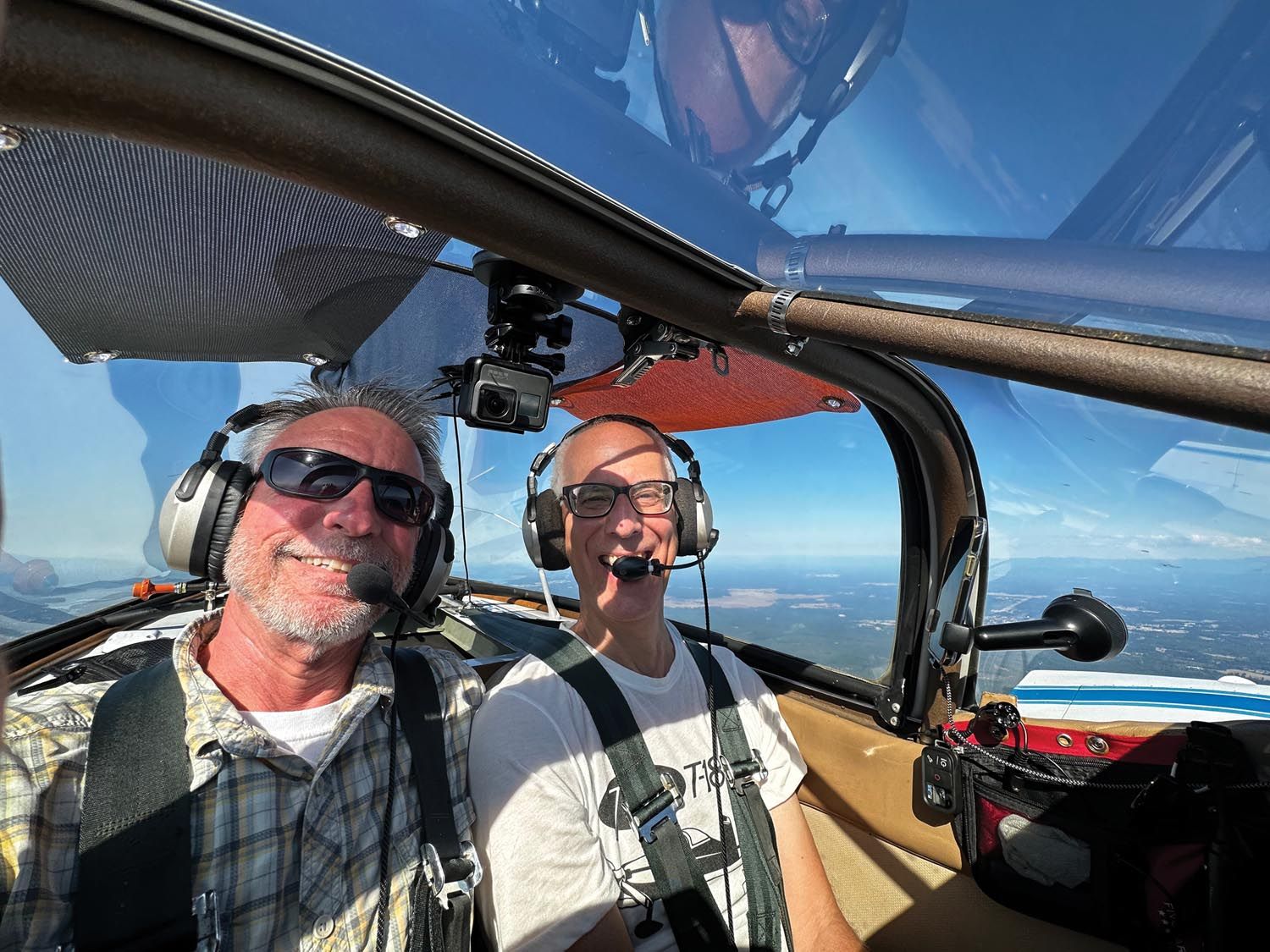
This was my first flight in a Thorp. I confess to spending more time around new, current models than I do the stalwarts of our world, which is probably why the T-18’s narrow cabin and stubby wings feel like a relic of another time. With an O-360 and constant-speed propeller up front, the Thorp feels like it’s all engine and not much airframe. Phil and I found ways to keep our elbows out of each other’s ribs and enjoyed the ride, cruising along at just less than 150 knots true (at 5500 feet msl) at 65% power and about 8.5 gph. Not bad for an all-metal airplane introduced 60 years ago. Thanks, Phil, for the ride and the perspective.
Up Next!
You may be looking at the cover date of this issue—December 2023—wondering why it isn’t the usual home of the annual kitbuilt- and plansbuilt-aircraft buyer’s guide. Simple. We’re taking this year to expand and improve the guide itself. In years past, we’ve found it difficult in the immediate afterglow of AirVenture to get the attention of all the players in our field—and there are some 150 different manufacturers and suppliers, believe it or not. We found ourselves working against a hard deadline to get updated information. This year, with another month to get the info, it’s been much better.
What’s more, we’ve decided to expand each airplane’s data block to better reflect the info we already keep, including more performance numbers. This information already lives in our online database but only a fraction of it has been directed to the printed buyer’s guide. Providing more information on each design will help you form a better picture of each airplane’s capabilities and help improve your shopping experience.

